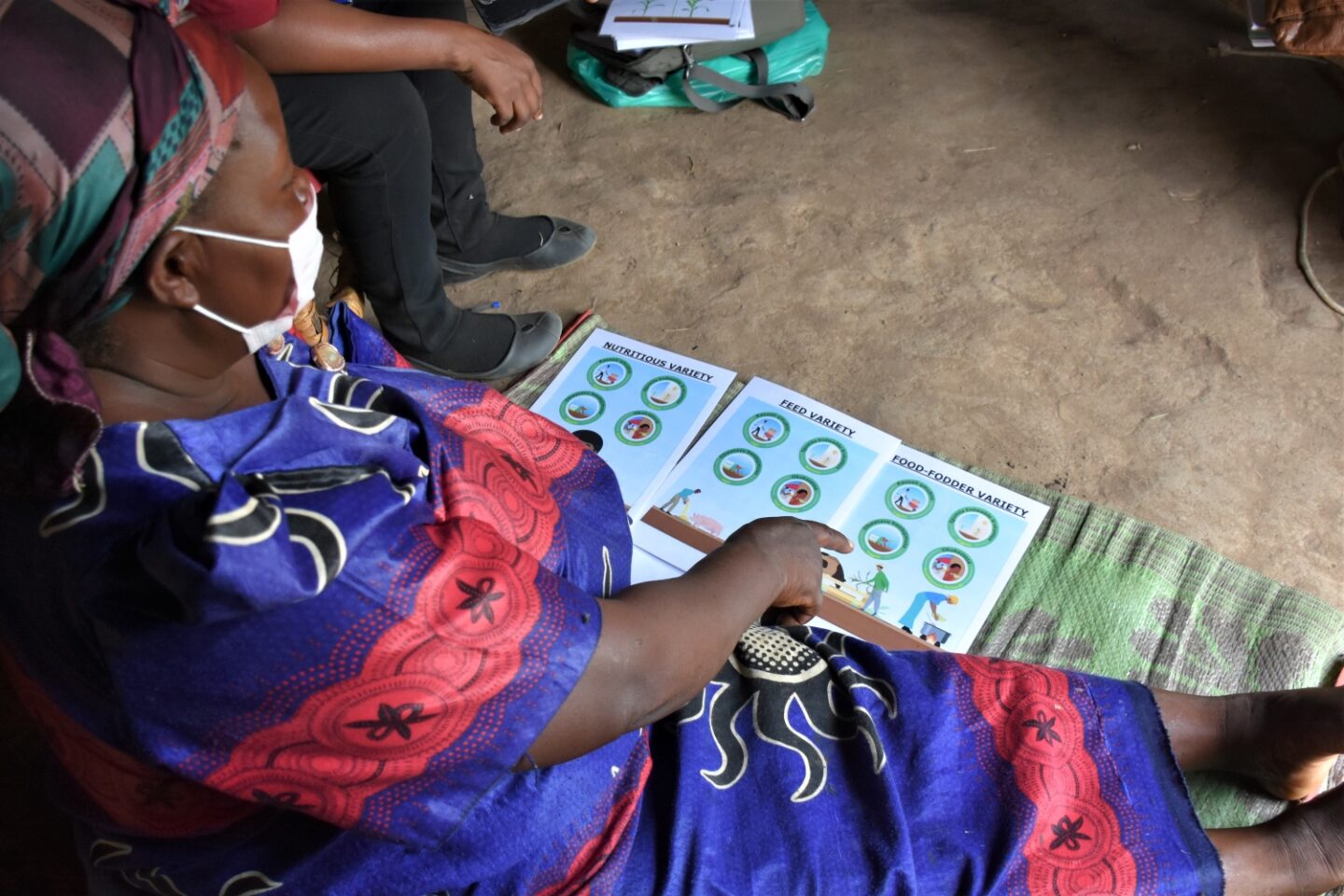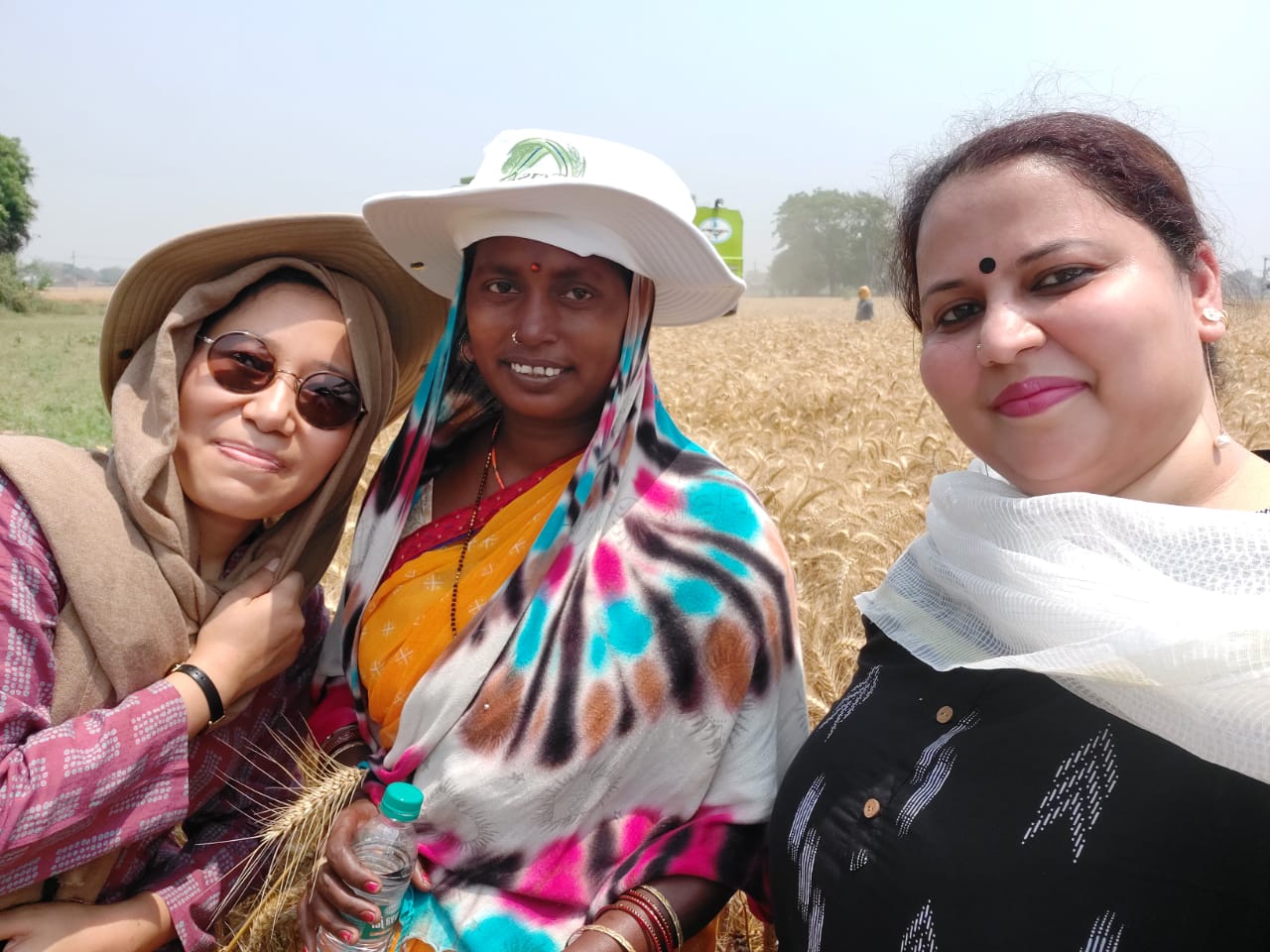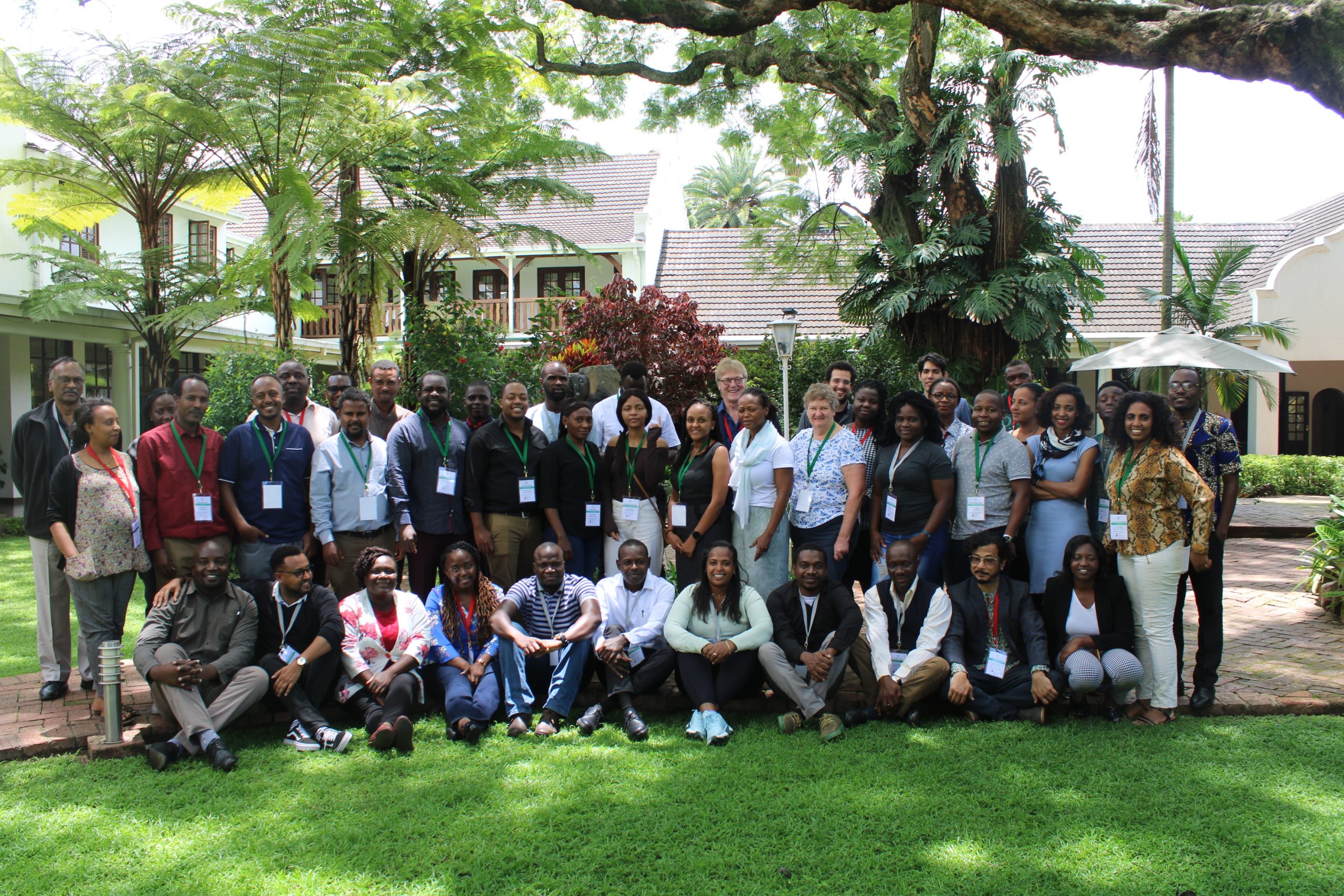
What is ‘Market Intelligence’?
Strategies for breeding and seed systems to deliver greater impact will benefit from reliable and comparable evidence on the needs and requirements of farmers, processors and consumers. This includes anticipating how farmers may respond to emerging threats and opportunities in light of seed-sector and product-market evolution and the changing environment. Experts generally agree that ‘demand-led breeding’ will be essential to achieve more impact from investments in crop breeding. But the continued interest in a demand-led approach to the design of varieties and the prioritization of breeding pipelines requires reliable, comparable and timely market intelligence. It also requires new mechanisms for how market intelligence is collected, shared and discussed with those engaged in the design and funding of breeding pipelines and seed systems.
Over the past 25 years, social science researchers from CGIAR, NARES and universities have generated important insights on the traits and varieties farmers prefer. These farmer preferences for traits and varieties have been explored through household surveys, participatory rural appraisals and participatory varietal selection. More recently, economists have employed tools such as choice experiments, experimental auctions and gamification of farmer priority traits. Overall, a large body of work has emerged, but variations in research questions, methodologies and interventions have contributed to disparate research findings and limited the opportunities for consolidation and comparative analyses.
Looking ahead, a strategic opportunity to guide more impactful investments in crop breeding and seed systems development lies in:
- designing a consistent approach for generating and disseminating market intelligence
- coordinating research across CGIAR and NARES to deliver timely market intelligence;
- establishing processes for coordination across social science teams and among social science, crop modelers, CGIAR-NARES networks and the private sector.
The CGIAR Initiative on Market Intelligence (‘Market Intelligence’ for brevity) represents a new effort to engage social scientists, crop breeding teams and others to work together toward the design and implementation of a demand-led breeding approach.
Within this initiative, the International Maize and Wheat Improvement Center (CIMMYT) leads Work Package 1, ‘Market Intelligence’, which is responsible for the design of innovative methods and tools to collect market intelligence and the application of these tools across different regions and crops relevant for CGIAR breeding. The Work Package engages either other CGIAR centers and external partners, such as CIRAD and the World Vegetable Center. An early, but critical, challenge facing the Work Package team was how to disseminate in an accessible and timely manner market intelligence to breeding teams, funders, and the private sector.
Market Intelligence Briefs
Traditionally, researchers from CGIAR, NARES and universities who have sought to inform crop breeding and seed systems programming have done so by publishing their work in reputable international peer-reviewed journals. However, the process can be slow, potentially requiring multiple revisions over years. The practical nature of market intelligence research can limit its relevance for journal editors who are looking to push theoretical debates forward. Thus, for Market Intelligence to deliver on its promise, new ways of communicating will be essential. In looking to address these limitations, work package 1 has led the design and implementation of a new publication series called Market Intelligence Briefs (MIB). Each brief is reviewed by peers, is concise (less than 4000 words), avoids technical jargon, and attempts to present conclusions in a clear and decisive manner. In 2022 the first two editions of the MIB series were published, both led by CIMMYT researchers and available online.
MIB 1: a framework for informing crop breeding
This brief defines several important concepts that, when taken together, form the basic framework used by the Initiative to generate comparable and useful market intelligence. Some of the definitions are inspired by previous work on demand-led breeding, while others build on work by CGIAR’s Excellence in Breeding (EiB) platform. A confusing set of terms and definitions has emerged around market intelligence—a field rooted in commercial product innovation—with different terms and definitions for similar concepts. In the interest of clear communication and understanding among those engaged in crop breeding, seed systems and social science, this brief presents key concepts and definitions that have been discussed extensively during the initial months of implementation of Market Intelligence. We conclude the brief with reflections on the way forward for implementation.
MIB 2: future market segments for hybrid maize
The second brief zooms into the maize market segments in East Africa and proposes a new methodology for gathering insights from farmers about their varietal preferences to inform future market segmentation. This brief explains the conceptual and methodological underpinnings of Video-based Product Concept Testing (VPCT) and presents an application of the tool in hybrid maize. Seven new product concepts (representing potential future market segments) were identified based on discussions with breeders, seed companies and farmers, which we labelled: home use, intercropping, drought avoidance, nutritious, feed (yellow), green maize and food and fodder. These future concepts, together with the resilient benchmark product concept (the current breeding target), were evaluated through triadic comparisons with 2400 farmers in Kenya and Uganda. The results showed that concepts focused on agronomic performance were preferred over concepts focused on end use characteristics, but that diversity in farming practices can lead to different seed preferences.
Looking ahead
In 2023, several briefs will be published from scientists working in the market intelligence initiative and various partners of Market Intelligence from outside the CGIAR. An on-line repository for these briefs is being designed now. Future briefs will cover a variety of topics, from competition in maize seed markets in Kenya (based on a two year study that tracked seed sales at the retail level), methods for assessing the demand for future step-change innovations in genetic innovations, and preferences for future groundnut seed products in Tanzania, considering the needs of farmers and processors. We believe that these briefs will become a valuable communication tool to support informed decision making by crop breeders, seed system specialists, and donors on future priorities and investments by CGIAR, NARS, the private sector and non-governmental organizations (NGOs).
This project received funding from the Accelerating Genetic Gains in Maize and Wheat project (AGG) [INV-003439], funded by the Bill & Melinda Gates Foundation, the UK’s Foreign, Commonwealth & Development Office (FCDO), the Foundation for Food & Agricultural Research (FFAR) and the United States Agency for International Development (USAID).
Read the original article: Market Intelligence Briefs – a new publication series to inform crop-breeding decisions

 Climate adaptation and mitigation
Climate adaptation and mitigation 
